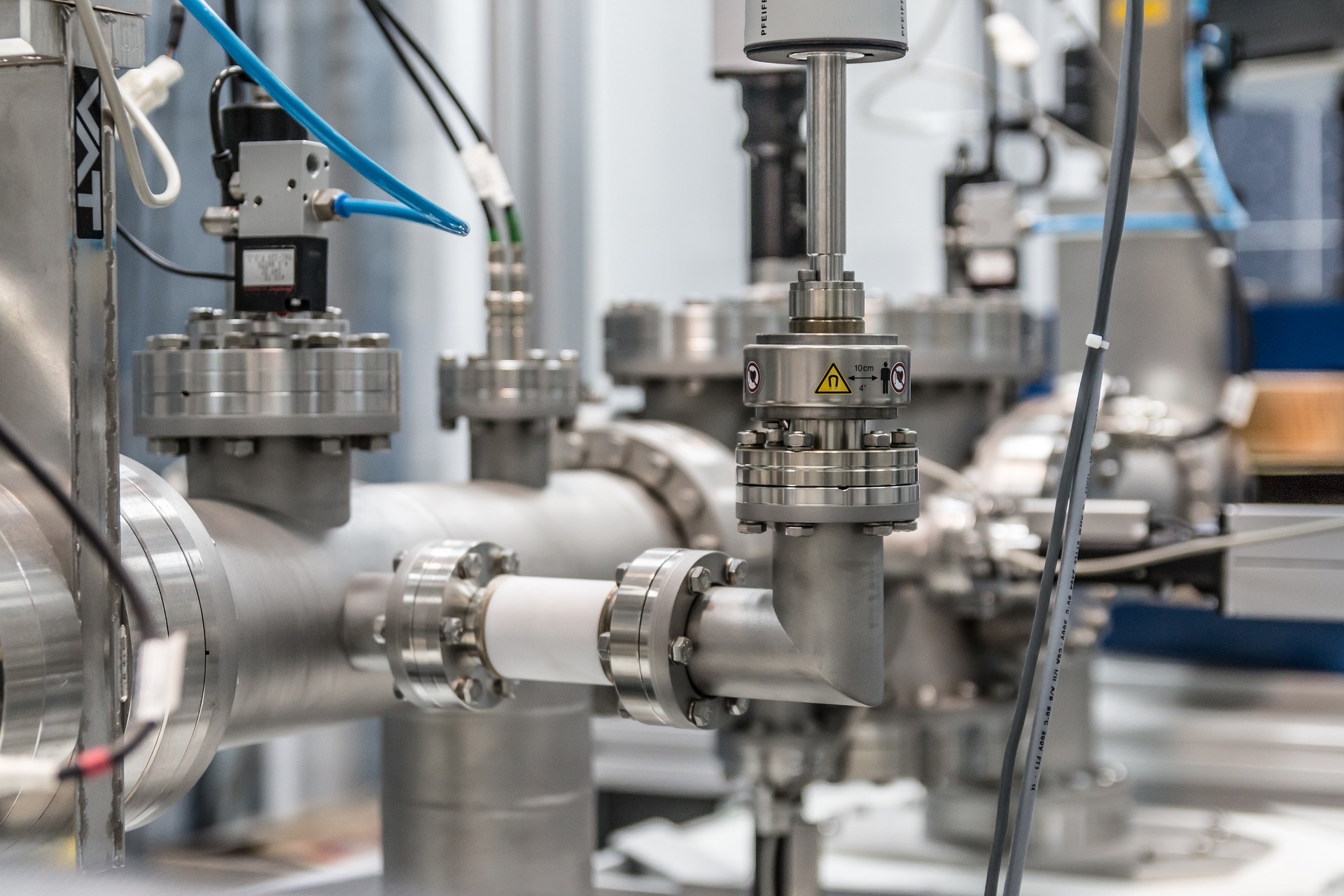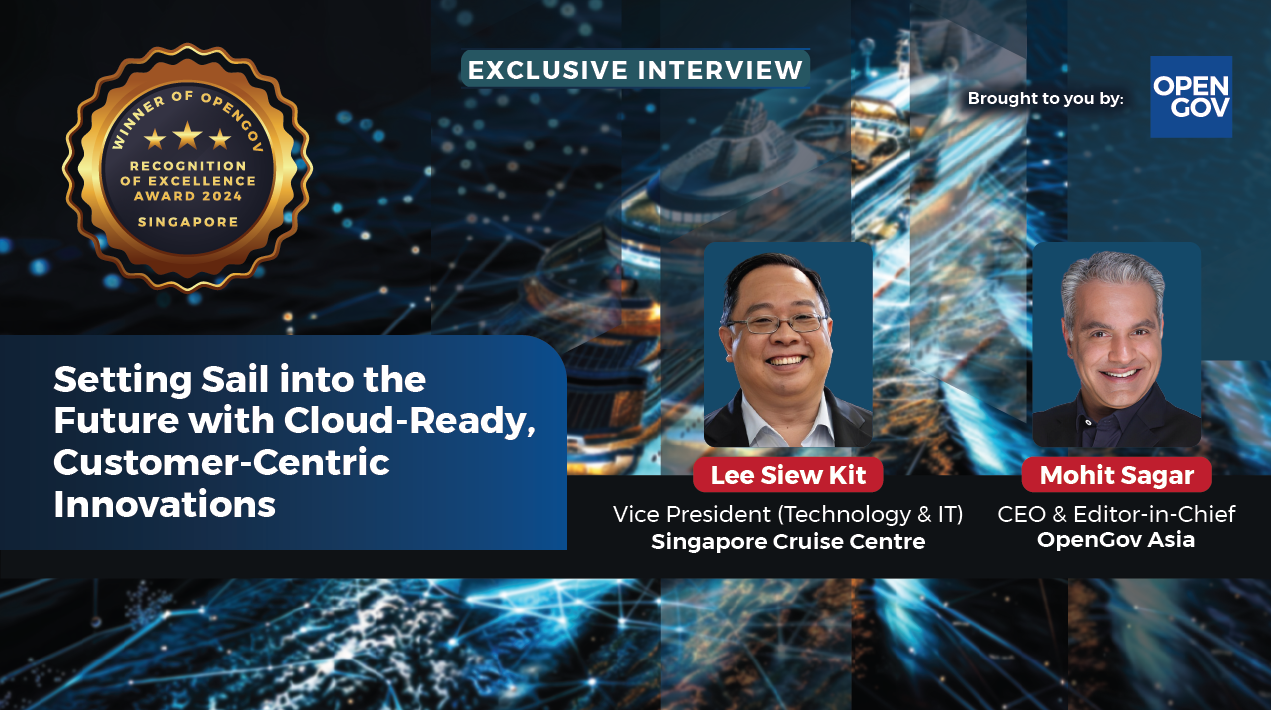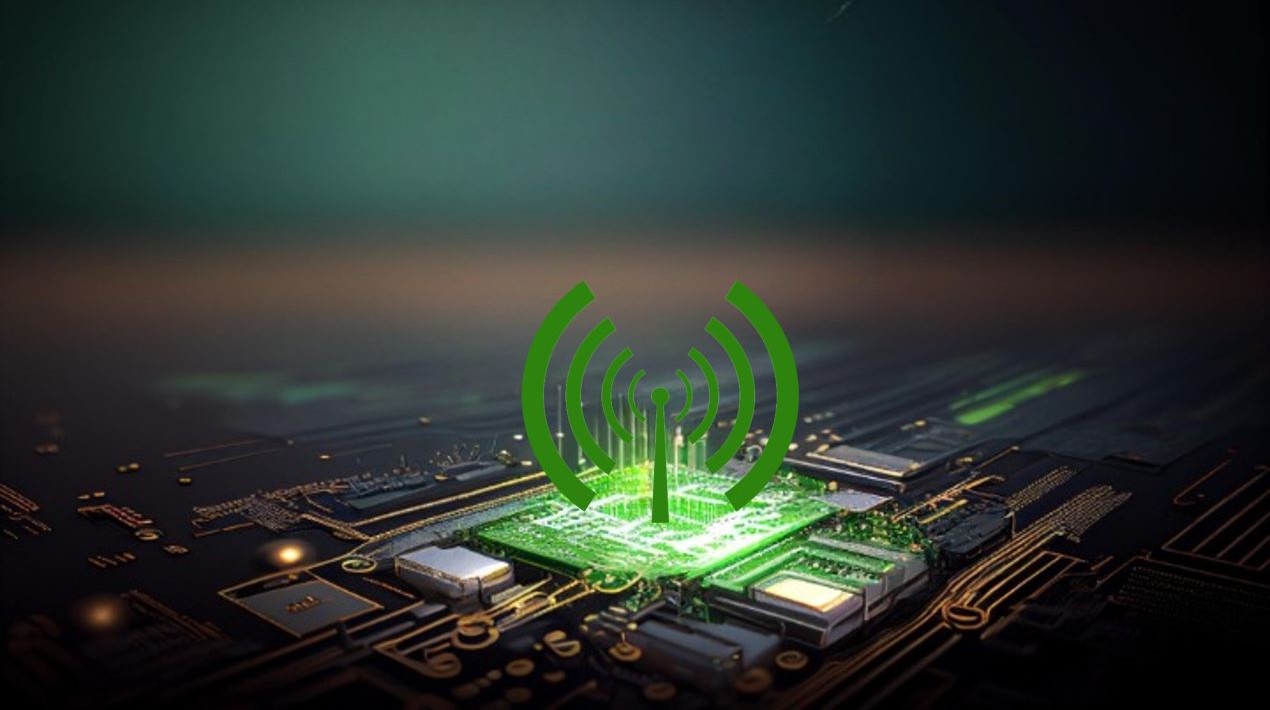
The Public Utilities Board (PUB) announced that S$453 million would
be invested to develop water technology for future water sustainability.
PUB is at the forefront of national
water R&D initiatives. It also invests in the development of new,
innovative technologies across the water loop to sustainably increase future
water resources and enhance the efficiency of water treatment processes and
operations. The long-term targets it has established particularly focus on reducing
the amount of energy used in desalination by more than two-thirds. This will increase
NEWater recovery to 90% at low-energy levels and make used water treatment
fully energy self-sufficient while also halving sludge generation. PUB has also
identified a few promising innovations and technologies which will contribute
towards achieving these objectives.
Current Challenges
While seawater and used-water
streams offer a potentially inexhaustible supply of water, producing potable
water which varies with the type of source water used presents certain
challenges. Current desalination energy requirements and NEWater recovery rates
present the biggest obstacles to their sustainable use. These sources require
between five and 17 times more energy to produce while the conventional
treatment of rainwater requires much less energy. Additionally, producing
treated used water – before it is channelled
to NEWater production – generates sludge that
is expensive to dispose of.
To meet future water demands
with today's technologies, PUB's energy
footprint will quadruple from the current 1,000GWh/year to 4,000GWh/year. The amount
of sludge generated will double from today’s 300,000 tonnes/year to over
600,000 tonnes/year by 2060. These figures present a future that is
unsustainable and can only be overcome by leveraging technological innovations.
Future Innovations
Since 2002, PUB along with research
associates and the National Research Foundation, have invested S$453
million in over 600 water R&D projects in collaboration with partners from
27 countries. These projects are situated at various positions along the technology
readiness spectrum. Some projects are still in the basic research phases or are
lab-scale prototypes, pilot studies, and
demonstration plants; others have already been approved for full-scale
deployment and commercialisation.
Mr Harry Seah, PUB's
Assistant Chief Executive (Future Systems and Technology), stated the growing
reliance on desalination and water reuse requires that technological
advancements continue to meet increasing water demands to maintain sustainability.
"PUB is pushing the frontier of water technology to tackle the pressing
challenges in energy and sludge management efficiency and is on track to meet
its long-term targets. The key to this is collaboration
with the local and global research community to develop real, applicable
solutions to keep water supply secure and affordable," he added.
R&D Targets and Key Projects
For nearly twenty years, PUB has
worked with water industry partners and various universities and institutions
to accelerate the development of new technologies to be tested and implemented
in its facilities. Currently, the PUB is focusing R&D efforts on increasing
water resources while reducing energy usage and sludge generation.
Thus, PUB has identified certain
targets to propel the next stage of innovation:
1.
Low Energy Desalination: Desalinated water is Singapore's fourth
national tap and is its most energy-intensive source. It currently meets up to
30% of the water demand and is expected to meet 30% of future demand in 2060.
PUB's aims to reduce the energy consumed by the desalination process by more
than half (i.e., from 3.5kWh/m3 to 1.5kWh/m3) in the short-term and eventually
to 1kWh/m3, as a system, in the long-term. Seawater Reverse Osmosis, the
current desalination method, pushes seawater through membranes which filter out
salts and impurities. PUB is demonstrating Electro-deionisation technology at
its R&D Facility in Tuas and testing Biomimetic Membranes. These are new,
more efficient methods, inspired by science and nature, of low-energy water desalination.
2.
Increasing NEWater Recovery at Low Energy: Currently, NEWater meets up to 40% of water
demand and will meet up to 55% of future demand in 2060. NEWater is generated by
putting treated used water through an efficient 3-stage process of
microfiltration, reverse osmosis (RO) and ultraviolet disinfection. PUB's short-term
target is to increase the NEWater recovery rate from the current 75% to 90% at
the same energy consumption of 0.4kWh/m3 for its energy-intensive RO treatment
stage. The long-term target is a 90% NEWater recovery at less than half the
energy consumption rate for RO treatment.
The Flow Reversal Technology demonstrated at the Kranji NEWater Factory and the
Electrodialysis reversal-reverse osmosis (EDR-RO) system piloted at the Ulu
Pandan Water Reclamation Plant could potentially reach PUB's long-term sustainability target.
3.
Energy Self-Sufficiency and Sludge Reduction in
Used Water Treatment: PUB is
actively testing technologies to identify those that have the potential to make
the used water treatment process energy self-sufficient, producing as much
energy as it uses. PUB has set the target for its water reclamation plants to
move from the current 25% energy self-sufficiency to 75% in the short-term, and
ultimately to 100% energy self-sufficiency in the long-term. Seeing as energy
self-sufficiency and sludge management are inextricably linked, PUB also aims
to reduce the amount of sludge generated by the used water treatment process by
more than 50% in the long-term by harnessing the biogas generation potential of
sludge. Allowing for double the amount of used water to be treated in the
long-term at today’s sludge footprint. The Ulu Pandan Wastewater Treatment
Demonstration Plant validated an innovative combination of energy-efficient
technologies for used water treatment. Sludge reduction and enhanced biogas
production were demonstrated by a Thermal
Hydrolysis Process (THP) at the Jurong Water Reclamation Plant. These
technologies will be implemented at Tuas Water Reclamation Plant, a highlight
of the Deep Tunnel Sewerage System Phase 2.
These technologies are currently being showcased at the TechXchange
and Water Innovation Pavilion at the Singapore International Water Week 2018
(8 – 12 July 2018).
The TechXchange and the Water Innovation Pavilion feature local and
international companies with revolutionary technologies. The Innovation Pavilion
demonstrates how these technologies work and highlights
how some of these technologies were adopted by PUB.
Please refer to Annex
for Key R&D Project information and the Factsheet.
















